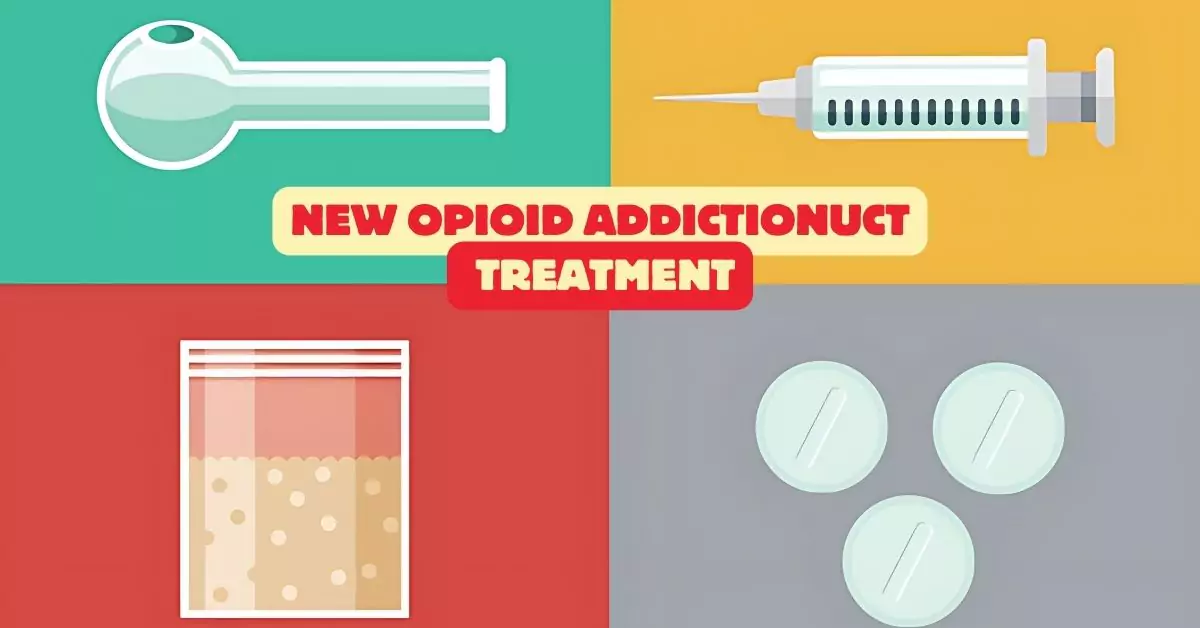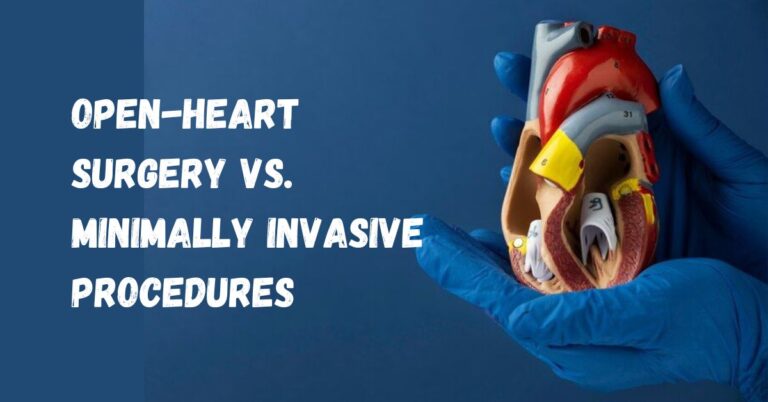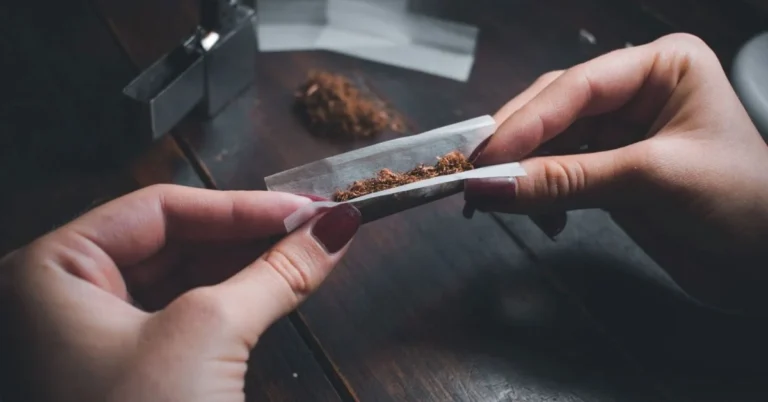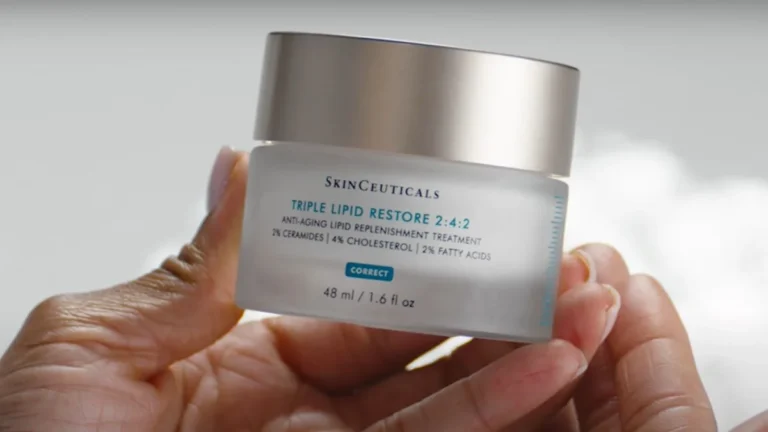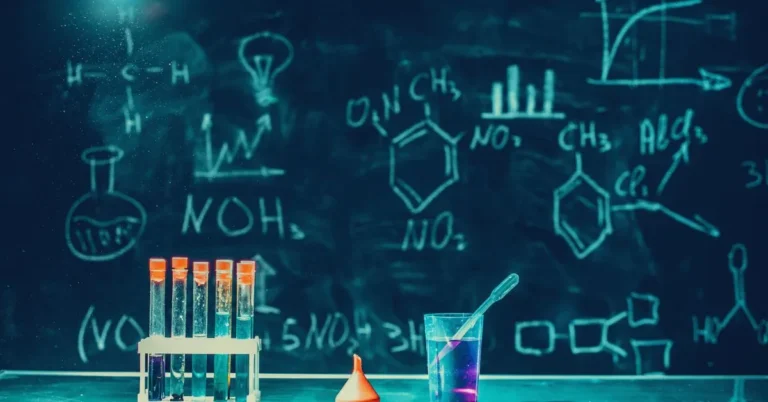Path to Recovery: Opioid Addiction Treatment Options
Opioid addiction is a major health problem that is afflicting millions of people all over the world. It is necessary to be aware that there are effective treatment options for opioid addiction if you, or someone you know, are struggling with it. Getting to know these choices can be the beginning of the rehabilitation process.
Understanding Opioid Addiction:
Opioids are a category of drugs that contain prescription painkillers like oxycodone, hydrocodone, and fentanyl, as well as illegal drugs like heroin. They function by attaching themselves to the opioid receptors in the brain, thereby cutting down the pain and generating the sensation of pleasure. Nevertheless, the long-term use of it can result in physical dependence and addiction.
Detoxification
Detoxification, or detox, is the first stage of opioid addiction treatment, which emphasizes the removal of opioids from the body. It is performed under medical supervision for withdrawal symptom management, such as nausea, muscle aches, and anxiety, which are uncomfortable but usually not life-threatening. Although detox is crucial for the destruction of physical addiction, it is not the only means for the recovery to be permanent. On the contrary, it is the initial phase toward complete addiction treatment, which comprises therapy and counselling to tackle the psychological and behavioural aspects of addiction, thus ensuring a more enduring road to recovery.
Opioid Addiction Treatment Options
Medication-Assisted Treatment (MAT)
MAT combines medication with counselling and behavioural therapies to cure opioid addiction. The medications usually used are methadone, buprenorphine, and naltrexone. These drugs lessen cravings and withdrawal symptoms, and hence, people can easily shift their attention to recovery.
Counseling and Behavioral Therapies
Counselling and behavioural therapies are the two most important parts of the major depression treatment of opioid addiction. They are the ones who assist people in recognizing and solving the root causes of their addiction, teach them coping skills, and enable them to make positive lifestyle changes.
Individual Therapy
Individual therapy is characterized by one-on-one sessions with a trained therapist. In this type of therapy, the therapist helps the person set goals and work through issues related to addiction and recovery.
Support Groups
Support groups give individuals in recovery a feeling of community and belonging. They give them chances to share experiences, get positive feedback, and learn from people who have already defeated addiction.
Holistic Approaches
Holistic approaches to addiction treatment aim at healing the person as a whole—mind, body, and spirit. These approaches include yoga, meditation, acupuncture, and nutritional therapy, which can be combined with conventional treatment methods and thus support general well-being.
Signs of Opioid Addiction
The first step to identifying the symptoms of opioid addiction is the basis for early intervention and effective treatment. A typical sign of opioid abuse is the rising tolerance, which is the need for more opioids. It is to feel the same effects that were previously obtained with minimal doses. This tolerance inevitably results in an increase in drug use, which in turn creates a chain of addiction.
- Increased Tolerance:
Individuals might require more opioids to achieve the same effects they used to get with less dosage. This is a common way of saying that the increase in the dosage is a signal of tolerance and addiction.
- Withdrawal Symptoms:
The sudden or decreased dose of opioids by people can cause withdrawal symptoms. These symptoms are physically and emotionally stressful, for example, nausea, vomiting, muscle aches, anxiety, and insomnia.
- Neglecting Responsibilities:
Opioid addiction can lead one to lose their responsibilities at work, school, or home. As people get more involved in drugs, they will neglect their duties, and therefore, their performance will be affected. Moreover, their relationships will be strained.
- Continued Use Despite Consequences:
Even though they may face health problems, financial problems, or legal issues, people still use drugs because addiction is compulsive. The continuous use of the substance, even after the negative effects, is a common characteristic of addiction.
- Changes in Behavior and Mood:
The obvious changes in behaviour and mood can be the result of opioid addiction. People may experience mood swings, irritability, and periods of depression and euphoria. Additionally, they also become secretive about their drug use, hiding their addiction from the people they love and acting deceitfully.
Learn more about opioids and their treatments by visiting here for related posts.
Conclusion
It is possible to get back to everyday life after opioid addiction if one receives the proper treatment. Moreover, I seek help by becoming acquainted with the existing choices. Additionally, by making the first decision to ask for help, people begin their journey toward a drug-free yet healthier life.

